Vintage style meets modern convenience in this renovated 1970s home.
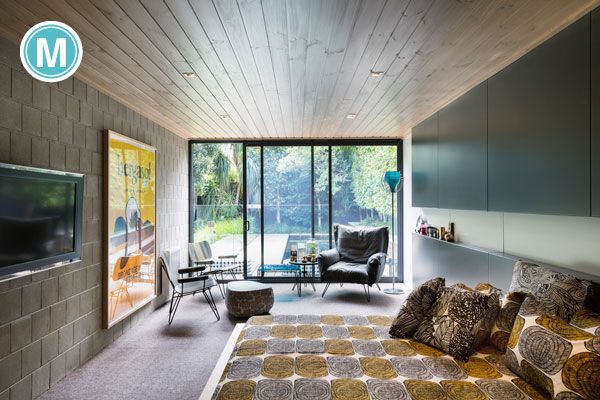
December 24th, 2015
This 1970s house, located in Elsternwick, Melbourne, could easily have been pulled down and replaced with a ’McMansion’. With a design from architect Ken Edelstein, the concrete block fence conceals a concrete-block house which is ‘severe’ compared to many new homes. Fortunately, the owners, a couple with two young children, appreciated the modernity of the house, even though it was built over forty years ago.
“The owners have an eye for style. They could see the house was a one-off,” says interior architect Steven Berton. And while Berton could see the need for the home’s fine-tuning, the owners weren’t quite sure from the outset if it was the family home they were initially looking for. “My clients had some reservations that there weren’t two living areas and no main bedroom ‘wing’ as now currently expected.”
Berton was mindful of replacing the relatively fragile aluminium window frames and doors. These frames were replaced by more substantial powder-coated steel frames, which are considerably more compatible with the home’s monumental concrete block construction.
Read the full story in Issue 63 of Indesign, on sale December 23.
INDESIGN is on instagram
Follow @indesignlive
A searchable and comprehensive guide for specifying leading products and their suppliers
Keep up to date with the latest and greatest from our industry BFF's!

For Aidan Mawhinney, the secret ingredient to Living Edge’s success “comes down to people, product and place.” As the brand celebrates a significant 25-year milestone, it’s that commitment to authentic, sustainable design – and the people behind it all – that continues to anchor its legacy.
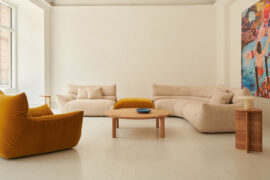
A curated exhibition in Frederiksstaden captures the spirit of Australian design

As the end of 2018 draws near, many practices have announced new leadership and promotions. What a time to cap off the year with a well-earned pat on the back.
Once complete, Foster + Partner’s Russia Tower in Moscow, is set to be the tallest building in Europe.
The internet never sleeps! Here's the stuff you might have missed
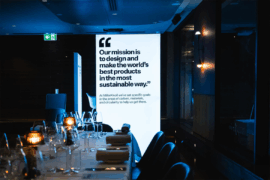
MillerKnoll reimagines the convention of dinner table interactions by plating up a future-forward menu of sustainable design conversation starters as part of the inspiring “Conversations for a Better World” event series.
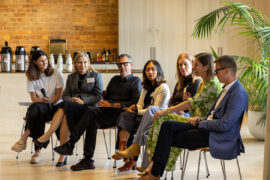
In this comment piece by Dr Matthias Irger – Head of Sustainability at COX Architecture – he argues for an approach to design that prioritises retrofitting, renovation and reuse.
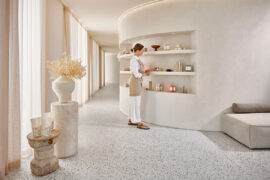
The luxury vinyl plank collection from Godfrey Hirst includes three distinctive palettes – Olympus Neo, Olympus Parquet and Olympus Stone.
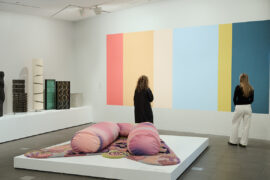
At the NGV’s Making Good: Redesigning the Everyday, design becomes a force for repair. From algae-based vinyl to mycelium earplugs, the exhibition proves that rethinking the ordinary can reshape our collective future.